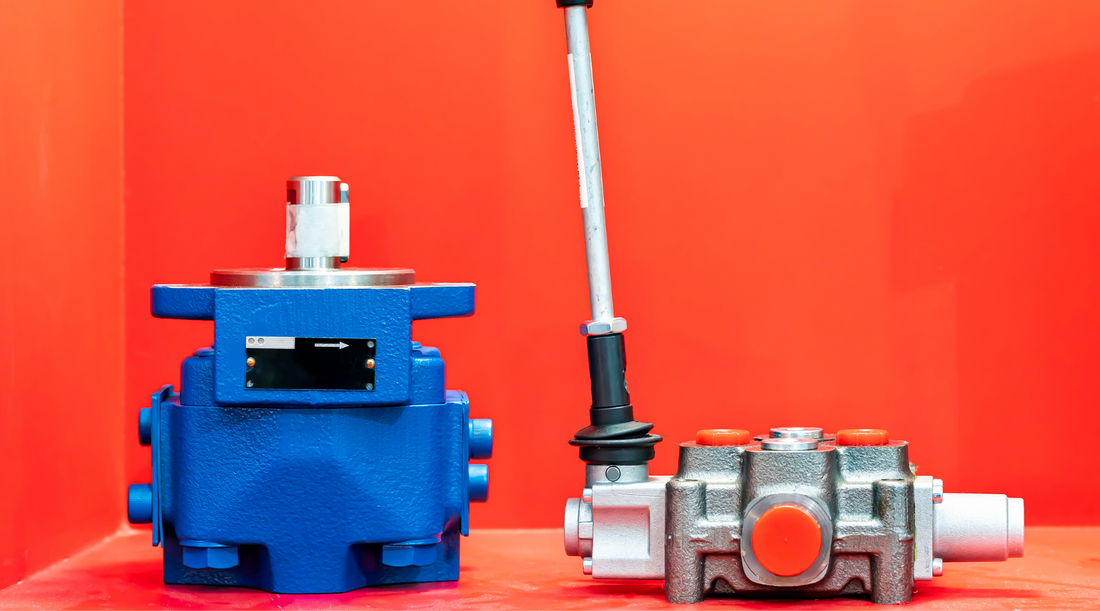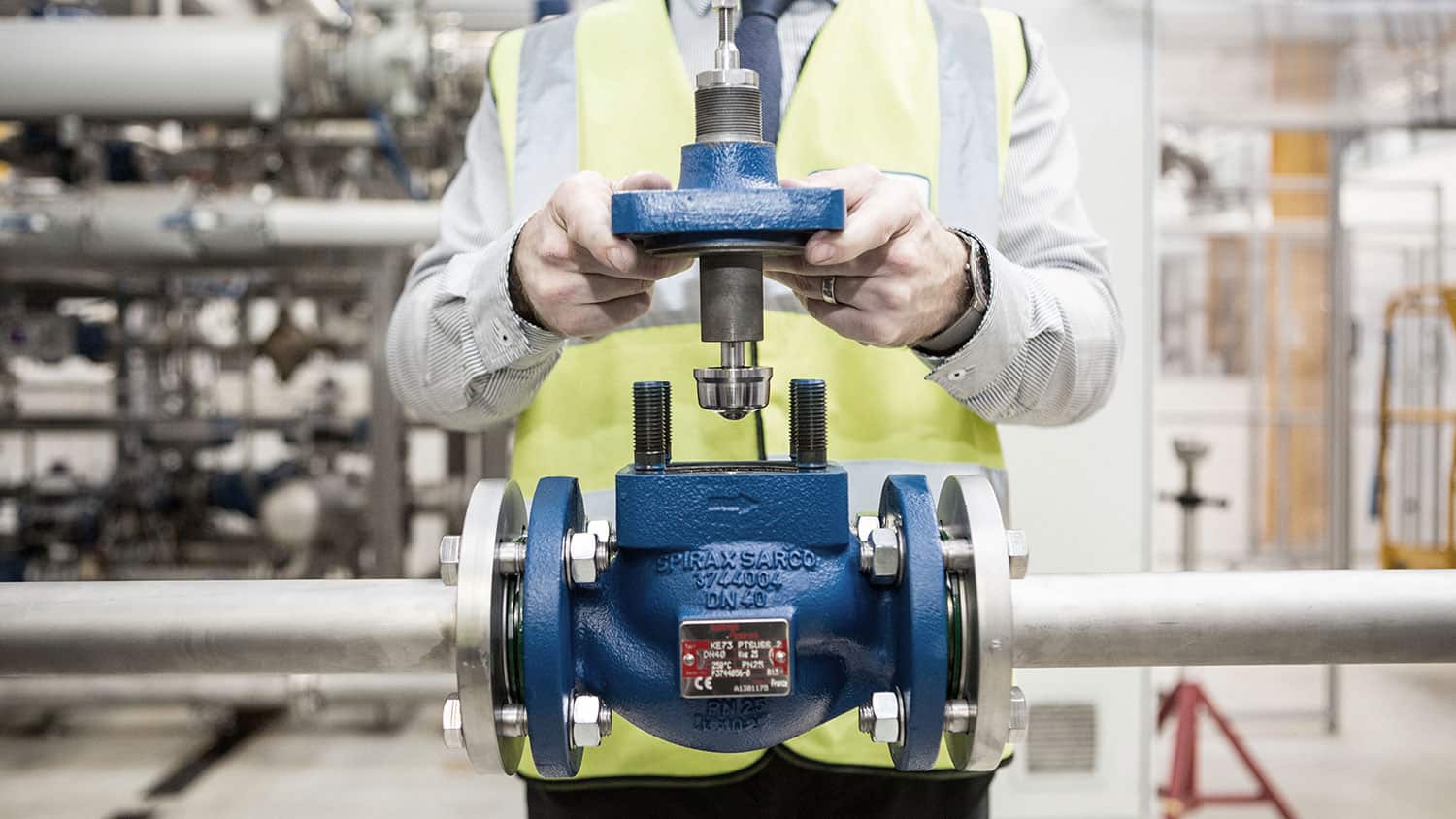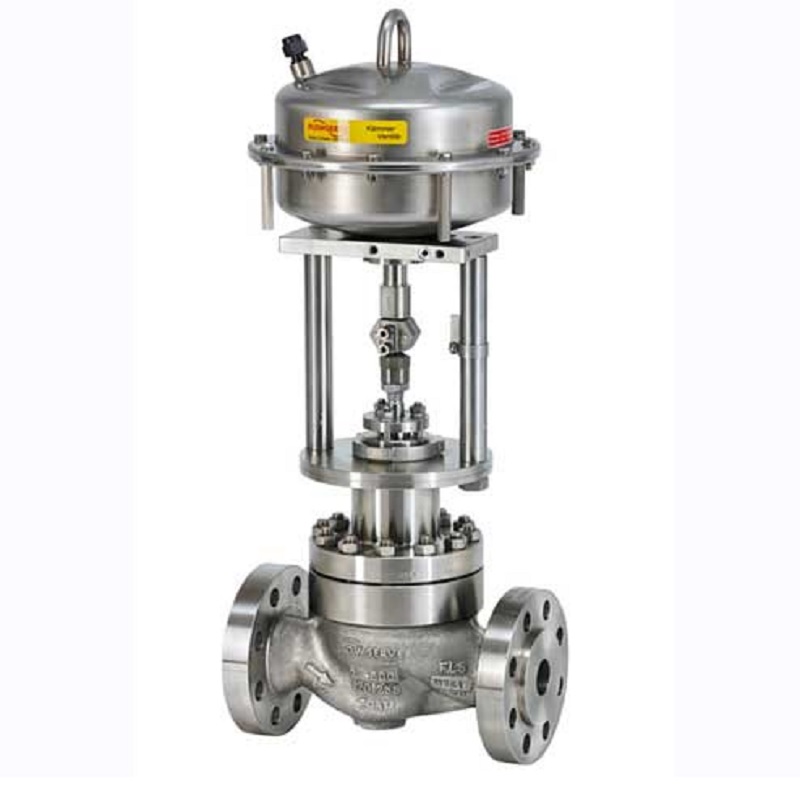Maximizing System Control with High-Performance Control Valves
Maximizing System Control with High-Performance Control Valves
Blog Article

Maximize Power Savings and Comfort With Advanced Structure Automation Controls
In the world of contemporary design and center management, the assimilation of sophisticated building automation regulates stands as a critical development. The convergence of modern technology and sustainability has actually birthed a new period where power effectiveness, convenience optimization, and functional streamlining are no much longer remote goals but possible truths. By using the power of automation, structures can adjust, respond, and advance in manner ins which were once inconceivable. The capacity for substantial energy financial savings and improved comfort is not just a guarantee but a possibility waiting to be satisfied. This standard shift in structure management holds the essential to opening a world where ecological conscientiousness and occupant wellness harmoniously coexist within the wall surfaces of our structures.
Energy Efficiency Perks
Power effectiveness advantages can dramatically decrease power consumption and functional prices in buildings. Energy-efficient systems, such as advanced building automation controls, can maximize the usage of resources like heating, lights, and air conditioning, leading to reduced energy expenses over time.
Furthermore, improved energy performance can extend the lifespan of structure devices and systems. By operating more successfully, cooling and heating systems, light, and other structure elements experience less deterioration, resulting in minimized maintenance and substitute expenses. Additionally, energy-efficient structures usually regulate higher residential property values and rental prices, giving lasting financial advantages to owners.
In addition, energy effectiveness can enhance passenger convenience and efficiency. Effectively managed interior settings with ideal lights and thermal conditions create an even more pleasurable and helpful workspace, leading to boosted employee satisfaction and performance. On the whole, the power effectiveness advantages connected with advanced structure automation controls are complex, including expense financial savings, environmental stewardship, and owner wellness.
Enhanced Comfort Control
Enhancing convenience control in building environments calls for an advanced integration of advanced automation systems for optimum owner health. By utilizing innovative structure automation controls, facilities can tailor the interior atmosphere to satisfy the particular needs and choices of residents. control valves.
By including these sophisticated controls, buildings can not just improve convenience but likewise enhance energy effectiveness by maximizing system operations based on real occupancy and usage patterns. Inevitably, prioritizing passenger comfort with innovative automation systems leads to an extra pleasurable and much healthier interior environment.
Functional Performance Improvements

Additionally, the implementation of real-time surveillance and analytics tools makes it possible for building drivers to identify energy ineffectiveness and operational anomalies without delay. By continuously keeping track of energy use patterns and system performance metrics, modifications can be made in real-time to optimize energy intake and make sure peak operational effectiveness. control valves. In addition, incorporating demand feedback methods into building automation controls can additionally boost operational effectiveness by dynamically changing power usage based on grid conditions and prices signals
Indoor Environment Optimization
Reliable indoor climate optimization is an essential element of structure automation controls, making sure occupants' comfort and well-being while taking full advantage of power financial savings. By using innovative sensing units and controls, constructing automation systems can constantly keep track of and change temperature level, moisture degrees, air high quality, and ventilation to produce an ideal indoor atmosphere. Preserving original site constant and comfy problems not just boosts occupant satisfaction however also enhances efficiency and total wellness.
Indoor climate optimization additionally plays an important duty in power effectiveness. By fine-tuning air conditioning, air flow, and heating systems based on real-time information and tenancy patterns, constructing automation controls can considerably minimize power consumption - control valves. Implementing approaches such as demand-controlled ventilation Discover More and thermal zoning can aid minimize energy waste while making certain that each area of the building receives the essential conditioning.

Lasting Setting Production
Structure automation regulates not just maximize indoor climate problems for power performance and owner convenience yet also lay the structure for developing a lasting setting with calculated monitoring of systems and sources. By incorporating sophisticated structure automation innovations, such as sensors, actuators, and intelligent software application, facilities can monitor and readjust power use in real-time to minimize waste and minimize their carbon impact. These systems enable anticipating upkeep, determining potential concerns before they escalate and optimizing equipment efficiency to enhance long life and effectiveness.
Furthermore, lasting environment production prolongs past energy monitoring to incorporate water preservation, waste decrease, and interior air high quality Web Site improvement. Structure automation controls can regulate water use, spot leakages, and ensure appropriate garbage disposal methods, adding to total sustainability efforts. In addition, by regulating and keeping track of ventilation and purification systems, these technologies improve occupant health and wellness and performance while decreasing energy intake related to cooling and heating operations.
Final Thought
Finally, advanced structure automation regulates offer considerable advantages in regards to energy savings, convenience control, functional efficiency, interior climate optimization, and creating a sustainable setting. By executing these controls, buildings can accomplish optimum performance while lowering energy usage and enhancing owner convenience. It is evident that the usage of innovative automation modern technology is essential in improving structure efficiency and developing a more sustainable future.
Energy effectiveness advantages can dramatically reduce energy usage and functional expenses in buildings. Generally, the power effectiveness benefits associated with advanced building automation controls are multifaceted, encompassing cost financial savings, ecological stewardship, and passenger well-being.
Furthermore, incorporating demand response strategies right into building automation controls can additionally enhance operational performance by dynamically changing energy use based on grid problems and pricing signals.
Building automation controls not just enhance indoor environment problems for energy efficiency and passenger comfort yet likewise lay the foundation for creating a lasting atmosphere through strategic monitoring of resources and systems.In final thought, advanced structure automation controls deal considerable advantages in terms of energy financial savings, comfort control, functional efficiency, interior climate optimization, and developing a sustainable environment.
Report this page